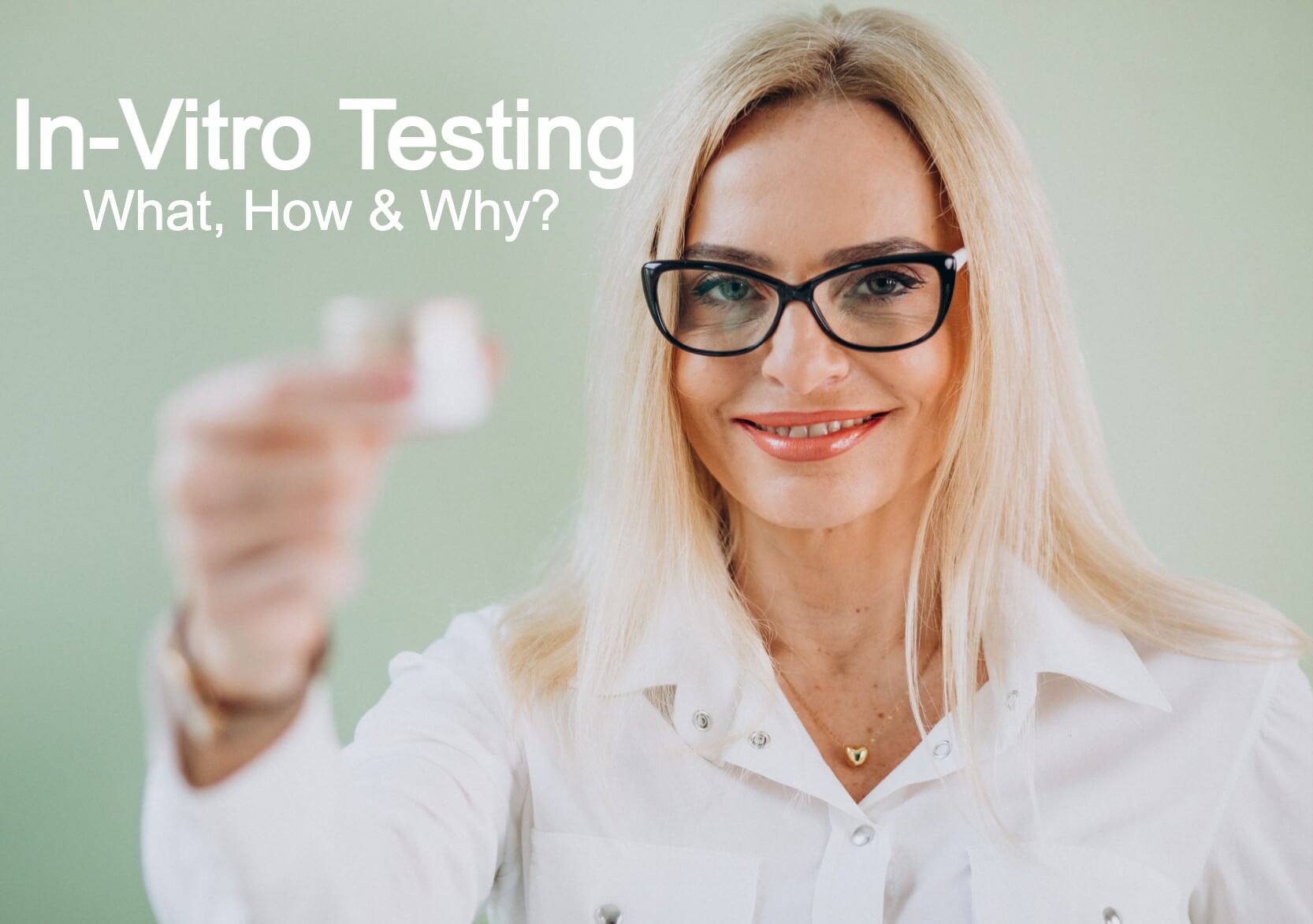In Vitro Testing: What, how and why Used in the Cosmetics Industry?
What is it?
The term in vitro directly translates from Latin as “in glass” and means that experiments are being conducted on biological components under artificial conditions. In vitro testing is versatile has long existed as an alternative to animal testing, and recent technological advances have made sophisticated yet cost-effective in vitro models available to the cosmetics industry. The cosmetic industry has benefited from advances in this form of testing, especially in regard to assessing the sensitivity of cosmetic ingredients. However, even though many cosmetics brands and manufacturers use in vitro models to ensure the safety and efficacy of their products, not everyone knows exactly how in vitro testing is done.
Why is it?
In-vitro toxicology testing is commonly employed by the pharmaceutical, cosmetic, chemical, food, medical device and diagnostics industries to test the safety (toxicology/toxicity) and efficacy of chemicals, bio-chemicals, materials, preparations and vaccines.
In the cosmetics industry, in-vitro testing is used to confirm the lack of certain toxic properties in cosmetic and personal care products, as well as their ingredients. It can be used both to test the efficacy of products and to achieve regulatory approval. The testing can confirm ingredients claimed to be used in cosmetic products as well as test for toxic properties. Many tests required to bring cosmetic products to market have been performed on animals. However, animal testing for cosmetics is now banned in many countries. Even in countries without such bans, the dislike of animal testing is growing every day. In vitro testing has long existed as an alternative to animal testing, and recent technological advances have made sophisticated yet cost-effective in vitro models available to the cosmetics industry.
The existing in vitro models can be used for regulatory safety and toxicity testing of cosmetics and ingredients, as well as to test efficacy, support product claims, and confirm the listed ingredients. Typical in vitro tests can include:
Safety and toxicity testing:
- Cytotoxicity, including skin/eye irritation and corrosion
- Phototoxicity (chemically induced skin irritation)
- Mutagenicity (DNA damage)
Efficacy testing:
- Anti-aging properties
- Hydration
- Oily skin management
- Skin pigmentation
- Anti-hair loss properties
How is it done?
A diverse range of in-vitro methods is now available and considered suitable to provide reliable interpretation of the safety data regarding ingredients used in finished cosmetic and personal care products. These methods range from simple cell monoculture test systems to more complex such as explants or three-dimensional reconstructed organotypic tissue models.
Future opportunities in In-Vitro testings:
Rising research expenditure to detect the toxicity at the earliest possible stage is accelerating the in vitro toxicity testing market size over the forecast time span. Additionally, technological innovations in computational biology accompanied with advanced algorithms aid in conducting efficient stimulation of in-silico animal models, resulting in alternatives to animal testing. This will certainly gain momentum for clinical studies and support in industry growth over the coming years. Globally, shifting trend of non-animal tests together with implementation of government rules and regulations for alternate test assays aimed at preliminary clinical studies and toxicology testing is predicted to offer growth opportunities for the in vitro toxicity testing business size over the estimated period.
Checkout expert recommended training: High-Performance Natural Cosmetics: Ingredient Selection, Formulation, Evaluation, Claims and Regulations

